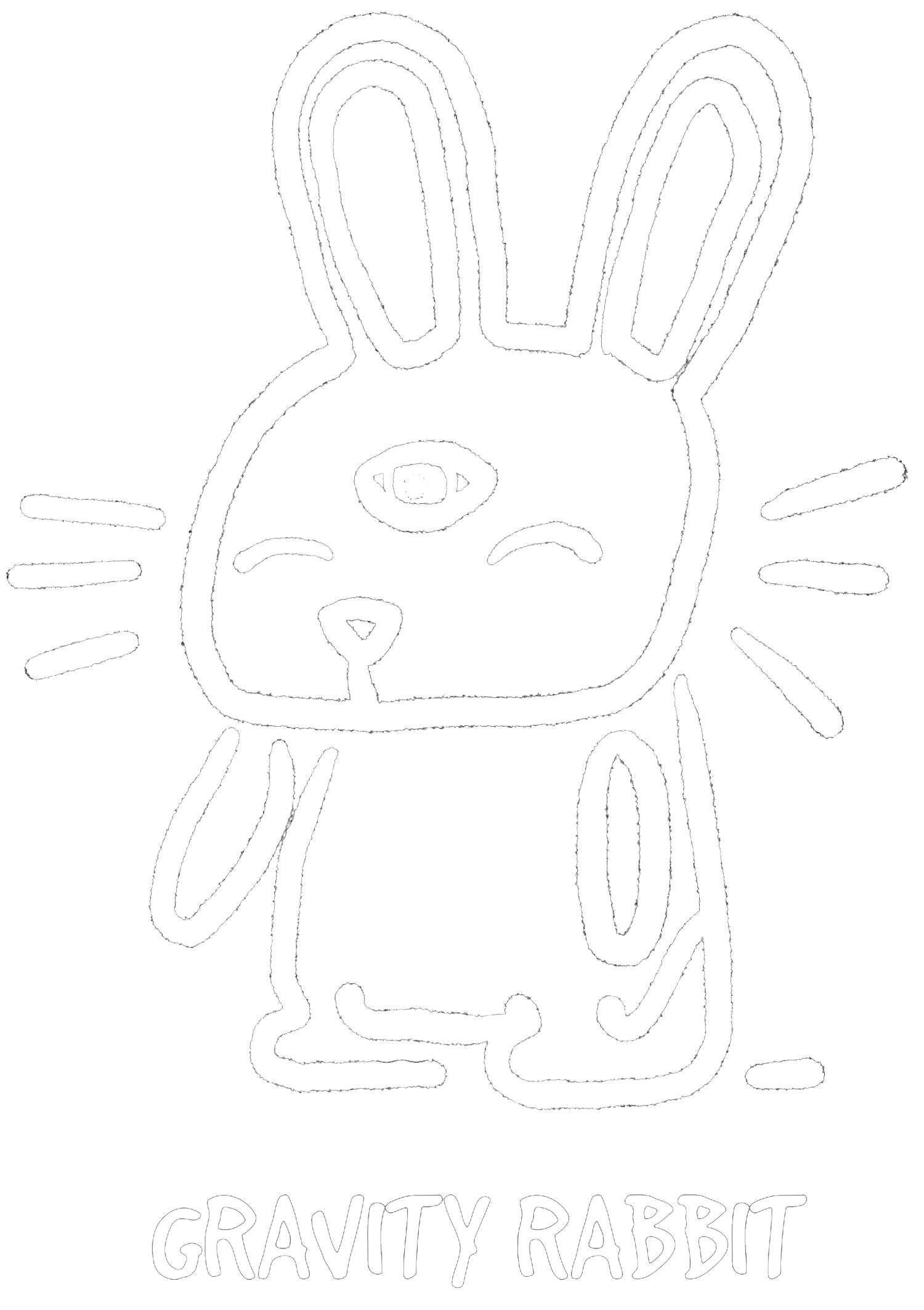FAQs
↓
What are lucid dreams?
Lucid dreams are dreams in which you become aware you're dreaming while you’re dreaming. This awareness gives you some amount of control, the ability to explore, manipulate, and interact with the dream.
While the initial experience may offer partial control, with practice, you can cultivate abilities like worldbuilding, summoning someone, creating anything, manipulating time, flying, and communicating directly with your subconscious.
Because you’re operating outside the physical and social constraints of waking life, lucid dreaming becomes a space where literally anything is possible. The most advanced simulation. It's not just about control, it's about freedom, insight, creation and experiencing a hybrid state of consciousness that often feels more real than “reality”.
Read more about the possibilities here.
What if I don’t remember my dreams?
That’s okay. That’s more common than you think and it doesn’t mean you can’t. Dream recall is a skill. It can be strengthened with intention and consistency. Most people remember more than they realize. Once you start tuning in, dreams have a way of showing up.
What’s a conscious dream?
Conscious dreaming is the intentional practice of working with your dreams before, during, and after sleep. Unlike lucid dreaming, which is about becoming aware within the dream itself, conscious dreaming includes a wider scope toward a slightly different aim. Conscious dreaming isn’t just about getting lucid. It’s not just about what's happening in your sleep, it's about how you use that inner landscape when you're awake, incorporating higher levels of awareness, symbolic pattern-tracking, and questioning the construct.
The ultimate aim? A conscious superposition where your awareness carries through waking and dreaming. A continuity of lucidity. The ability to move through all states of consciousness without losing the thread.
Learn more about conscious dreaming here.
What is liminal thinking?
Liminal thinking is the ability to think from the thresholds, the in-between spaces where assumptions dissolve and possibilities expand. It's thinking that doesn’t cling to certainty. It lives in curiosity, contradiction, and complexity.
Can this actually help me with real-life stuff?
Yes. This work isn’t abstract, it just starts there. Clients have used it to make huge decisions, exit burnout, unlock creativity, experience breakthroughs, reduce reactivity, cultivate agency and autonomy, shift internal paradigms, and expand awareness and perspective.
Is this woo-woo?
If by "woo" you mean ungrounded, escapist, or allergic to science? No. This work is rooted in neuroscience, depth psychology, and lived experience.
If by "woo" you mean working with symbols, dreams, intuition, and the subconscious—maybe. But that doesn’t make it lightweight. It means we’re not limiting ourselves to surface logic.
This is applied mysticism. Pattern recognition with teeth. Reality-bending without reality-denial. No crystals required. Unless you like crystals. In which case—cool.
